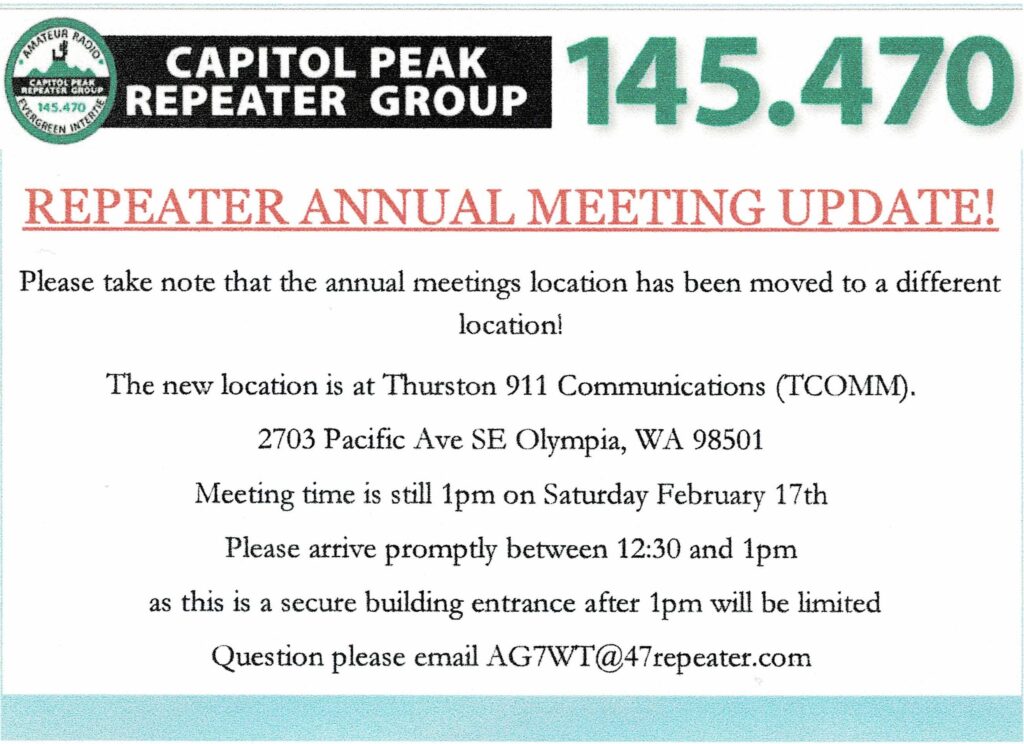— Saturday, March 9, 2024 —
See Flyer for Advance ticket sales and 2024 seller tables —
— Ticket Sales open at 8:00 AM; Doors open at 9:00 AM —
— Dealers Close by 3:00 PM —
Held at the
PAVILION EXHIBITION HALL
WASHINGTON STATE FAIRGROUNDS
9th Ave SE. & Meridian ST S.
PUYALLUP, WA 98372
The Mike & Key Electronics Show & Swap Meet is one of the largest annual Amateur Radio events in the Pacific Northwest. It is held on the Washington State Fairgrounds during the first part of March, up to 3,000 Hams and non-Hams alike are drawn to a modern 40,000 square foot facility located on two floors of the Exhibition Hall with room for over 300 tables for selling radios, computers, and general electronics equipment. Lots of radio and computer related items are available for sale and/or trade. If you have any questions, please email swapmeet@mikeandkey.org.
There is an on-site snack bar and a consignment area. License examinations are also given on-site.
To successfully conduct this event each year requires the participation of the entire Club membership.
